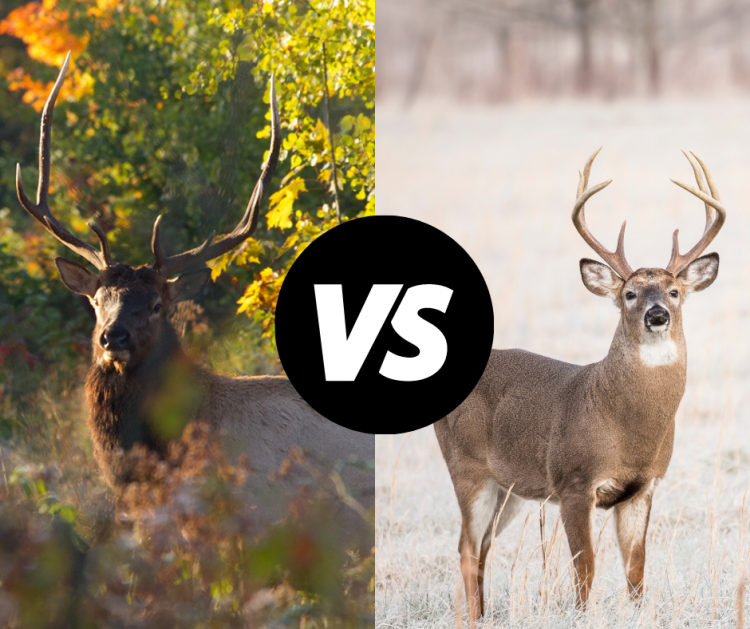Watch for elk when hunting


Hunters are reminded to know their target before they shoot, and understand the difference between elk and whitetailed deer this season. Archery and crossbow deer seasons are currently...


Hunters are reminded to know their target before they shoot, and understand the difference between elk and whitetailed deer this season. Archery and crossbow deer seasons are currently...